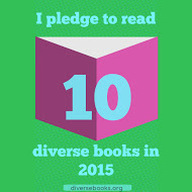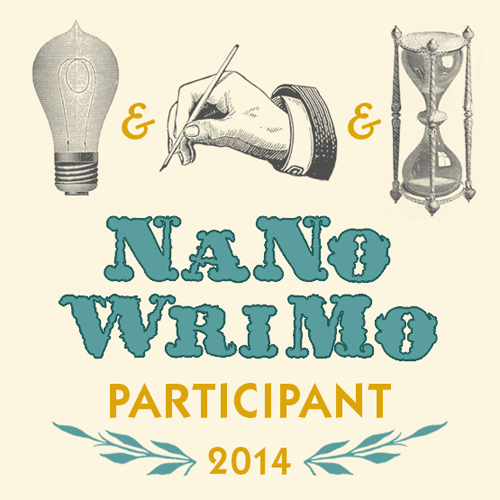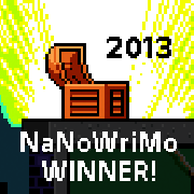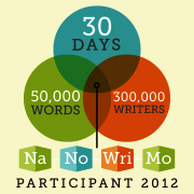I wrote the following post this week as a guest blogger for our weekly middle school newsletter, but I thought others might find it useful...
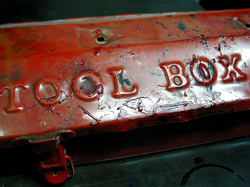
The recent ISACS Conference was a great chance to learn new ideas and think about how teaching and learning has changed in the 21st century. One of the new mantras in education is the importance of nurturing creativity and innovation in both teachers and students. Bloom's Taxonomy was revised in 2000 to include "Creating" as one of the higher order domains of learning (check out this chart and this adaption by tech integration leader Kathy Schrock). Daniel Pink's keynote address touched on the fact that motivation (and creativity) is increased when people are given the time to explore new ideas and the choice of how to express their thoughts. Here's a great video from RSA Animate that restates some of the points he made in his keynote.
I think all of us want to be more creative and want to encourage creativity in our students. I went to a session on teaching creative thinking that I found a bit disappointing because I wanted tools for improving the creative process in students. The session focused more on how students that are naturally creative think and how assignment structures can sometimes limit creativity. Having that information is useful, but practical tools are what most teachers are looking for and need to make change in their teaching.
I happen to be taking a graduate class right now entitled, "Creativity in Teaching and Learning" and thought I might share some of the tools we have explored so far in our studies. We're reading a book called Sparks of Genius: The Thirteen Thinking Tools of the World's Most Creative People. The premise of the book is that creativity is not simply something we are born with and either have or don't have. True, there are many examples of extraordinary people throughout history who have made amazing achievements in fields of science, mathematics, art, literature, and music. Some individuals do have ways of looking at things that come more naturally to them than it might to others. Yet, these ways of thinking are inherently skills that can be developed. I will never be an Olympic athlete, but I can certainly learn a sport and with practice even become pretty good at it.
So what are these tools? Here's my summary of what I've learned so far:
| Perceiving | Perception is about slowing down and using our minds to guide our eyes to notice what is present and then using that information to think about what is not or how it could be different. (Example: Found Functions in the real world) |
| Patterning | Patterning is the identification of common or repeating elements in a work and the recombination of those basic elements into a different and often more complex piece. (Example: Stop Motion Drum & Piano by a man with no musical knowledge) |
| Abstracting | Abstracting is boiling down an idea to its most important or recognizable parts. (Example: Math Poetry challenge) |
| Embodied Thinking | Embodied thinking involves developing an awareness of a subject through physical and empathetic interactions, manipulations, and representations. (Example: Embodied Math using technology and Storytelling using Minecraft) |
| Modeling | Modeling is transforming our understanding of an object from one level of conception to another by representing an idea in a form that can be experienced by the user. (Example: Explore the Scale of Universe and 3D explorations in Geometer's Sketchpad) |
| Playing | Playing is activity done for the joy and curiosity of the exploration without regard for success, failure, or achievement. (Example: History of the Super Soaker and Portmanteaus) |
I find it interesting that so many examples of creative work in teaching relate to Math (go math teachers!) when usually we associate creativity with the arts and literature. It highlights that creativity is possible in ANY domain and subject area. The tool that I have left to explore this semester is Synthesizing. I'll be sure to update this post when I have completed my coursework and can share my experience with that final tool. If you are interested in more explanation, there is an excellent wiki that summarizes all of the tools and the book. My personal exploration of these creative tools can be found here on my course workspace.
We have been keeping a creativity journal this term to record our experiments with trying to open up our own creativity. In the book Creativity: Flow and the Psychology of Discovery and Invention by Mihaly Csikszentmihalyi, the author describes several ways to enhance personal creativity that are concrete and executable. There is a great summary here of all of the exercises. Here are a few highlights:
We have been keeping a creativity journal this term to record our experiments with trying to open up our own creativity. In the book Creativity: Flow and the Psychology of Discovery and Invention by Mihaly Csikszentmihalyi, the author describes several ways to enhance personal creativity that are concrete and executable. There is a great summary here of all of the exercises. Here are a few highlights:
|
I think the idea of time is really important. How can you be creative when you have a million things to do already and not enough time? I recently read an article that discussed how Mark Zuckerberg wears the same grey t-shirt and jeans every day. He literally has a drawer of 20 of the same shirt. Think about Steve Jobs and his iconic black turtleneck. It's not necessarily that these men had no fashion interest or creativity. They just chose to focus their attention elsewhere. Five minutes saved choosing clothing equals five minutes applied to thinking of new ideas or about things that do interest you.
I loved Daniel Pink's idea of "Fed Ex Days" for teachers and students. Google tried to make innovation part of its culture by doing something like this and many of its best products came out of their Labs, which are projects started by employees "just for fun." See here for more on Google's philosophy.
I plan to incorporate my own version of a "Fed Ex" day with my students sometime in the near future. Teacher Josh Stumpenhorst, who Daniel Pink mentioned in his keynote address, called them "Innovation Days" with his 6th graders. In my class, I plan to tell students that they will have some time (a period or perhaps more) to work on something related to our subject but they will need to share with me and the class a product. Will they choose to write a story or poem? Build a web page on a favorite book? Who knows, but I'm curious to see what will happen. When people are allowed to pursue their interests and talents, sometimes interesting and unexpected things can happen.

 RSS Feed
RSS Feed




